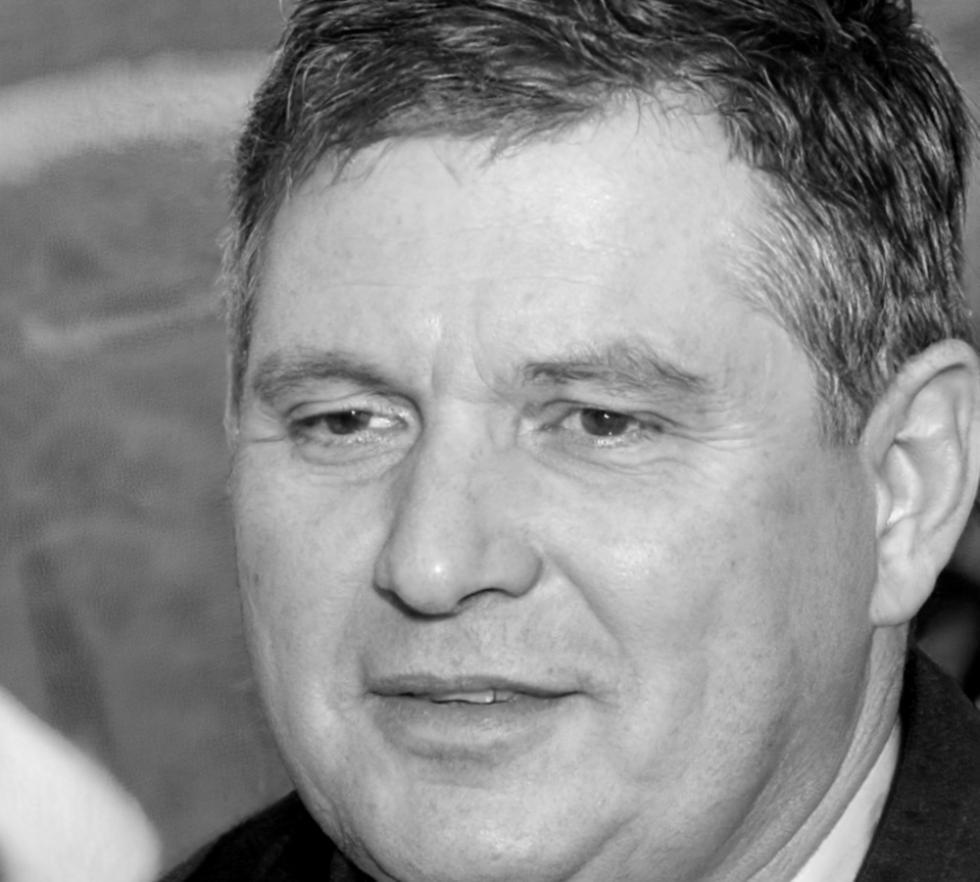How We Actually Teach This Stuff
Financial education doesn't have to feel like reading tax law. We break down investing concepts using real Canadian examples—actual grocery budgets, real Toronto rent prices, genuine Québec tax scenarios.
- Monthly budget workshops where you work with your actual numbers, not theoretical examples from textbooks
- Platform walkthroughs showing exactly where to click when setting up your first investment account
- Case studies from people who started with $100/month and what their accounts look like three years later
- Tax season prep that covers Canadian-specific situations like moving provinces or switching jobs mid-year
- Ongoing access to updated materials when rules change—like TFSA limit adjustments or new provincial programs



